Harley Customization Costs: 5 Stats Every Rider Should Know
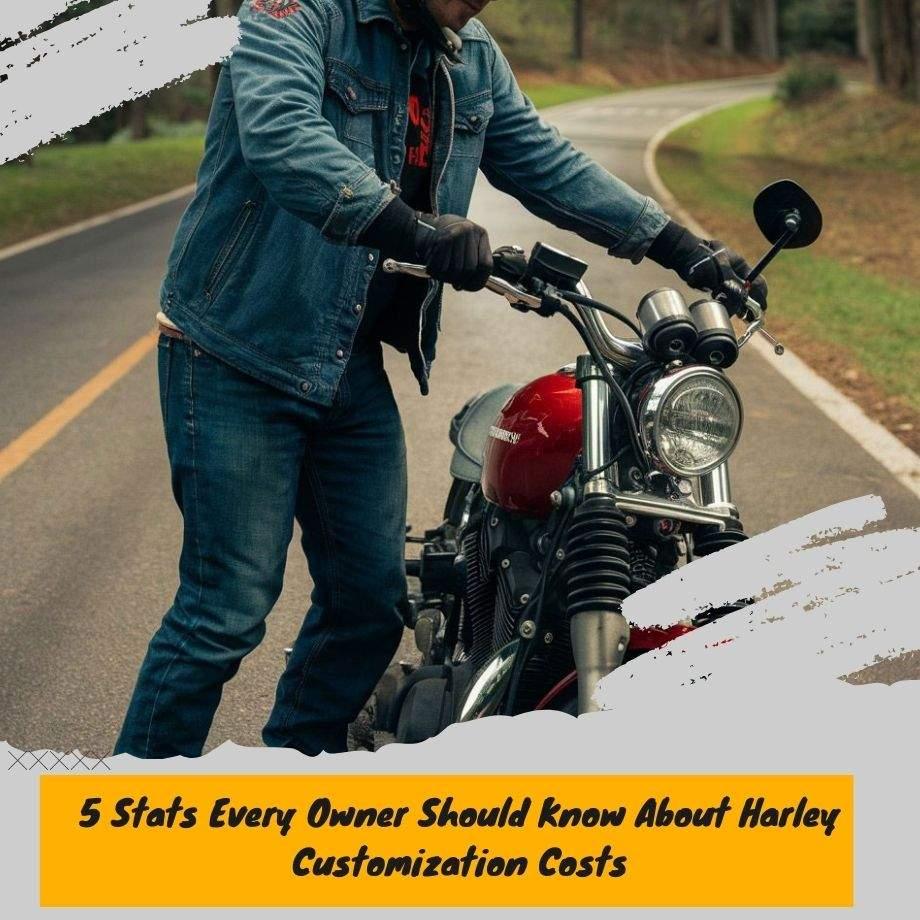
-
The average Harley-Davidson rider spends between $3,000 and $10,000 on customization over the lifetime of their bike.
This can vary depending on the type of customization, the quality of parts, and the labor costs of installation. -
Cosmetic customizations are typically the most affordable.
This includes things like saddlebags, fenders, and paint jobs. These can typically be done for a few hundred dollars each. -
Performance customizations can be much more expensive.
This includes things like engine upgrades, suspension upgrades, and exhaust systems. These can easily cost $1,000 or more. -
Labor costs can add up quickly.
Even if you purchase parts yourself, you'll likely need to pay a mechanic to install them. Labor costs can vary depending on the complexity of the job, but they can easily be $100 per hour or more. -
You don't have to spend a lot of money to customize your Harley.
There are many ways to personalize your bike on a budget. This includes things like adding decals, changing out your grips, and painting your own parts.
Harley Customization
Customizing a Harley-Davidson motorcycle is an integral part of the Harley ownership experience for many riders. Harleys are among the most customized motorcycles in the world, with owners drawn to the endless possibilities for personalization and self-expression that customization provides.
From chrome accents to complete frame-off rebuilds, Harley riders have made customization a core aspect of the iconic brand's identity and appeal.
This popularity stems from the desire among Harley owners to make their bike their own. With a wide array of custom parts, accessories, paint schemes, performance upgrades and more available, customizing a Harley allows riders to transform their stock motorcycle into a one-of-a-kind machine tailored to their style and preferences.
The customization process enables self-expression, allows riders to enhance specific aspects like appearance or performance, and creates a deeper connection between owner and machine.
While exhilarating, customizing a Harley does require budgeting and planning. This guide focuses on one of the most critical factors for riders looking to customize their Harley - the costs involved.
By providing key stats and insights on customization costs, budgeting, popular options and more, this guide aims to prepare Harley owners for the exciting journey of building a customized bike that reflects their personality and passion.
Average Costs for Basic Customizations
Customizing a Harley-Davidson can range from simple, affordable tweaks to major overhauls costing thousands. For riders looking to personalize their bike on a budget, starting with basic upgrades is recommended. Here's a look at typical costs for some of the most popular starter modifications:
Handlebars
- Expect to spend $300-$600 on aftermarket handlebars. Harley's reduced reach handlebars run about $369. High rise handlebars average $479.
- Installation fees at a dealership or shop usually add $200-$300 in labor costs.
- Handlebars significantly impact riding position and comfort.
Seats
- Swapping the stock seat for an aftermarket saddle costs $250-$600 typically.
- Leather seats are more expensive, ranging from $500-$1,500.
- Heated seats with temperature control start around $700.
- Labor is about 1-2 hours for seat installation.
Exhaust
- A full exhaust system replacement ranges from $500-$2,000. Slip-on mufflers cost $300-$700.
- Improved performance and the signature Harley rumble come with an exhaust upgrade.
- Installation takes 2-3 hours at a shop.
Paint, Chrome & Lighting
- A basic repaint in a custom color runs $1,500-$4,000 professionally. More elaborate graphics or designs cost more.
- Swapping out stock parts for chromed components starts around $1,500 total.
- LED lighting upgrades range from $200-$600 for headlight, turn signals, brake light and accent lighting.
For basic customization on a starter Harley, expect to budget around $3,000-5,000 for handlebars, seat, exhaust, paint, and other cosmetic upgrades. Prioritizing modifications that improve comfort and fit will get the most value.
Costs for Performance Upgrades
Improving the performance of your Harley-Davidson can be one of the most exciting aspects of customization. However, it often comes with a higher price tag. Here's what you can expect to spend on some popular engine, suspension, and braking upgrades:
Engine
- Stage 1 upgrade (air filter, exhaust): $1,000-$1,500
- Big bore kit (increases engine displacement): $1,000-$1,500
- Camshaft upgrade: $400-$600
- Cylinder head porting: $700-$1,000
Upgrading the engine can add a significant boost in horsepower and torque. For example, a stage 1 upgrade typically adds 10-20% more power, while a big bore kit can add 30-40% gains.
Air Intake
- - High-flow air filter: $50-$150
- Aftermarket air intake/throttle body: $300-$500
Aftermarket air intakes improve airflow into the engine, resulting in better performance.
Suspension
- Lowering kit: $200-$400
- Premium shocks: $600-$1,200 for a pair
Upgraded suspension improves handling and braking by increasing stability and control.
While performance modifications don't come cheap, they can transform the power and handling of your Harley. Focus on upgrades that fit your budget and riding needs. Proper installation is also key to maximizing performance gains and safety.
Popular Custom Accessories for Harley-Davidson Motorcycles
Harley-Davidson motorcycles have a massive aftermarket for custom accessories that allow riders to customize the look, comfort, and functionality of their bikes. Some of the most popular custom accessories sought by Harley owners include:
Saddlebags, Windshields, and Floorboards
- Saddlebags expand storage capacity for longer trips and daily commuting. Popular brands like Harley's branded bags or aftermarket names like Willie & Max offer weatherproof, durable, and stylish options. Expect to spend $300-$800 for a set.
- Windshields provide greater wind protection and come in various shapes/sizes to suit different riding positions. Prices range from $100 for a basic small screen to $500+ for a large touring windshield.
- Floorboards give more leg room and flexibility compared to foot pegs. Harley's floorboards cost $200-$400 while the aftermarket has chrome, extended, and custom options for $300-$800.
Phone Mounts, GPS, Audio
- Phone mounts securely hold smartphones for navigation, music, or communication on the go. Basic handlebar mounts cost around $50 while weatherproof console mounts with charging can exceed $200.
- Audio upgrades like stereos, speakers, and Bluetooth kits provide entertainment and call functionality. Amplified speaker kits start around $100, while full stereo head units with screens can cost $400+.
- GPS units from Garmin and TomTom designed for motorcycles provide onboard navigation assistance. Prices range from $300 for a barebones unit up to $700+ for a feature-packed model.
Security, Tires, Storage
- Alarms and locks like Harley's Smart Siren deter theft and tampering. Basic alarm kits cost $300+ while systems with pagers or vehicle tracking can exceed $600.
- Tire upgrades for traction, handling, and style like Metzeler or Michelin tires cost around $200-300 per tire installed. Wheel/tire packages with custom rims can cost $1,000+.
- Luggage racks, saddlebags, and highway bars provide more storage and convenience. A basic luggage rack runs around $150-200, with trunks and bags adding $300+.
Cost-Saving Customization Tips
When customizing a Harley, it's easy to get carried away and overspend. However, there are ways to customize your ride on a budget:
Do It Yourself Installation
One of the biggest costs associated with customizing your Harley is paying a professional mechanic for installation. If you have some mechanical skills, consider doing the work yourself.
Basic modifications like swapping out handlebars, seats, and exhaust systems can often be installed in your own garage with common tools and a shop manual. You'll save on labor costs, but make sure you have the required know-how.
Buy Used Parts
Brand new custom parts can get very expensive, so consider used parts. Many riders sell take-off parts from their bikes when upgrading components. Check sites like Craigslist, eBay, and Facebook Marketplace for deals. Make sure parts aren't too worn or damaged.
Prioritize Essential Mods First
Focus your budget on the customizations that will give you the most bang for your buck first. Upgrades like a new seat, slip-on mufflers, and handlebars can make a big difference in comfort and style for reasonable costs. Save big engine mods and extensive cosmetic changes for later.
Customization's Impact on Resale Value
Customizing a Harley-Davidson motorcycle can significantly impact its resale value down the road. Some modifications add monetary value, while others may actually reduce it.
As a general rule, functional upgrades that improve performance and drivability tend to increase resale value. Cosmetic changes are more subjective when it comes to value.
When reselling a customized Harley, it's important to distinguish between customizations that are value-adding versus value-reducing. Here are some examples of each:
Value-Adding Customizations
- Engine performance upgrades (displacement increase, cams, tuning)
- Suspension upgrades (shocks, brakes)
- Electronics (security, audio, GPS)
- Functional accessories (saddlebags, engine guards)
Value-Reducing Customizations
- Extreme color changes or paint jobs
- Overly flashy cosmetic mods
- Cheap or low-quality parts
- Anything that strays too far from Harley's brand identity
Maintaining documentation and receipts for aftermarket parts can help validate their value. Sticking with reputable brands and avoiding any unapproved modifications that could void warranties is also important.
Overall, tasteful customs that improve functionality tend to fare better for resale value. Anything that takes away from the iconic Harley styling or reduces reliability can negatively impact value to future buyers.
Harley-Davidson's Customization Services
Harley-Davidson offers a range of official customization options and services through their dealership network. Known as Harley-Davidson Genuine Motor Accessories, these factory-approved customizations allow owners to put a personal touch on their bike while maintaining the manufacturer's warranty.
The most popular custom services from Harley-Davidson include:
Paint Customization: Harley offers a wide selection of standard and custom paint options. Custom paint jobs can cost $1,500-$4,000 depending on the level of detail and customization. Custom paint is applied by Harley-Davidson experts to ensure a flawless finish.
Performance Upgrades: Harley dealers can handle a full range of performance upgrades from air intake and exhaust systems to engine modifications. Costs vary significantly based on the performance gains desired. Expect to spend $500-$5,000+ for significant engine upgrades.
Handlebars and Controls: Changing the handlebars, hand controls, foot pegs, and control levers allows riders to customize the ergonomics and comfort. Expect costs from $300-$1,500 for components and professional installation.
Wheels and Tires: Custom wheel and tire packages from Harley range from $600-$3,000 depending on materials, design, and size. Tires specifically engineered for Harleys can improve handling.
Accessories and Chrome: Harley's catalog includes hundreds of accessories from luggage racks to custom seats that allow owners to put a unique stamp on their bike. Accessories start around $100 with high-end chrome add-ons costing $2,000+.
The advantage of factory customization through Harley dealers is the use of high-quality components engineered specifically for your model. The dealership handles the entire process maintaining the bike's warranty.
The downside is the higher cost compared to aftermarket parts and customization. However, some riders feel the premium is worth it for Harley-Davidson's service and guaranteed compatibility.
Customization and Warranty Considerations
Customizing a Harley-Davidson motorcycle can impact the warranty coverage if not done properly. Here are some key considerations:
- Approved vs. Unapproved Modifications: Harley-Davidson publishes a list of approved aftermarket parts and modifications that will not void the factory warranty when installed correctly. Unapproved modifications have the potential to void warranty coverage.
- Maintaining Warranty Coverage: Use an authorized Harley-Davidson dealer to install parts and perform custom work. Keep detailed records and receipts. Follow all guidelines for proper installation and maintenance.
- VOES Switch for Exhaust Mods: Installing an aftermarket exhaust system often requires installing a VOES (Vacuum Operated Electrical Switch) to maintain proper engine performance. This switch eliminates any warranty issues with the engine management system when changing the exhaust.
The key is to use common sense, research any modifications thoroughly, and consult your dealer when in doubt.
Well-documented, dealer-installed customizations following factory guidelines should maintain the warranty. But unauthorized modifications can void coverage, so choose wisely.
Insurance Impacts of Customization
Customizing your Harley-Davidson can potentially impact your motorcycle insurance coverage and rates. It's important to be aware of the implications and take steps to ensure you have proper insurance protection.
Whenever you make significant modifications to your motorcycle, it's essential to notify your insurance provider. They need to know what changes you've made so they can accurately evaluate the risk and determine appropriate coverage and pricing.
Many insurers require notification of any performance-enhancing modifications like engine upgrades, exhaust systems, and suspension parts.
Cosmetic customizations like new paint, chrome, and accessories may not need to be reported, but it's best to check with your provider. Any modifications that substantially increase your bike's value should definitely be disclosed.
Customizing your Harley could potentially increase your insurance rates, as modded bikes are often considered higher risk. Upgraded engines, lowered suspensions, and oversized tires can all raise rates.
But properly notifying your insurer and taking steps like increasing your deductibles can help minimize the impact.
You'll also want to verify that your coverage limits are sufficient to protect your customized bike and parts. If you've invested thousands in upgrades, make sure you have enough protection in case of theft, damage, or an accident.
Gap insurance is especially important to cover the difference between your bike's value and any outstanding loan balance.
With some care taken to inform your insurer and adjust coverage, you can customize your Harley and still maintain affordable, adequate protection. Consult with your insurance agent to ensure your mods don't leave you unnecessarily exposed.
Legal and Safety Considerations
Customizing a motorcycle comes with important legal and safety considerations that every rider should keep in mind. Failure to comply with regulations or improperly installing parts can result in fines, impoundment of the bike, or worse.
Compliance with Regulations
Most states and municipalities have laws regarding the modifications allowed on motorcycles used on public roads. Common regulations involve maximum noise levels, emissions controls, and lighting requirements.
Installing non-compliant exhausts, removing catalytic converters, or altering lighting can lead to tickets, failed inspections, or impoundment. Riders should research the local laws before customizing.
Importance of Expert Installation
Proper installation of aftermarket parts is critical for performance and safety. Handlebars, brakes, suspensions, and other components directly impact the handling and control of the bike.
Using experienced mechanics and technicians ensures modifications are done correctly. Attempting complex installations without expertise risks compromising safety.
Maintaining Roadworthiness
Customization should enhance, not detract from, the motorcycle's roadworthiness. Modifications like extending front forks, using oversized tires, or lowering bike height can negatively impact stability and handling.
Custom parts should integrate properly with existing components and maintain chassis geometry. Test rides and professional inspections help ensure roadworthiness.
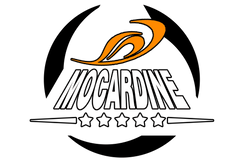
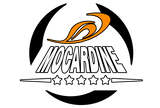
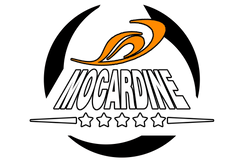
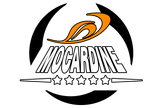
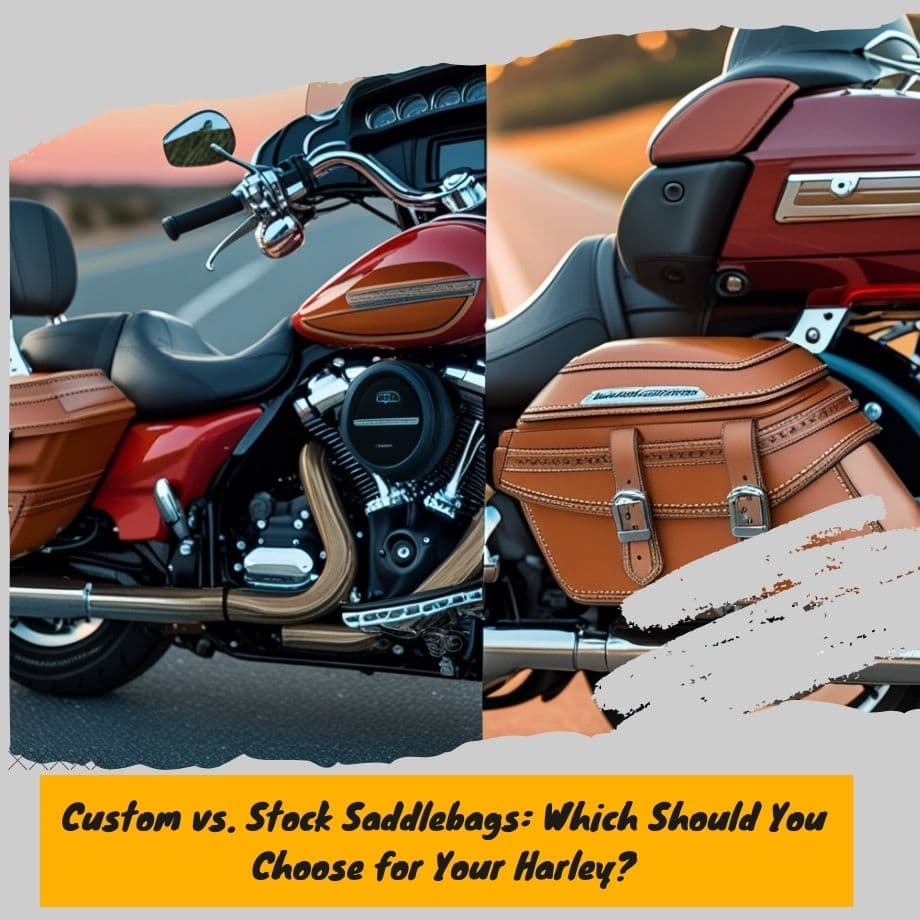
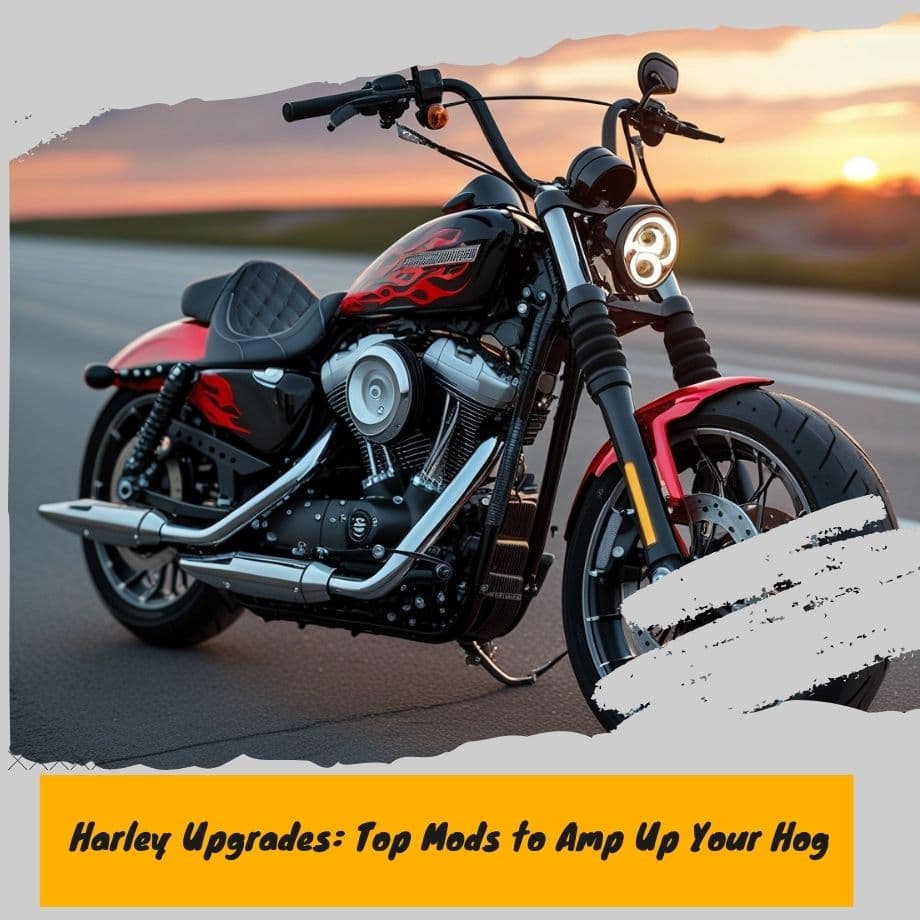
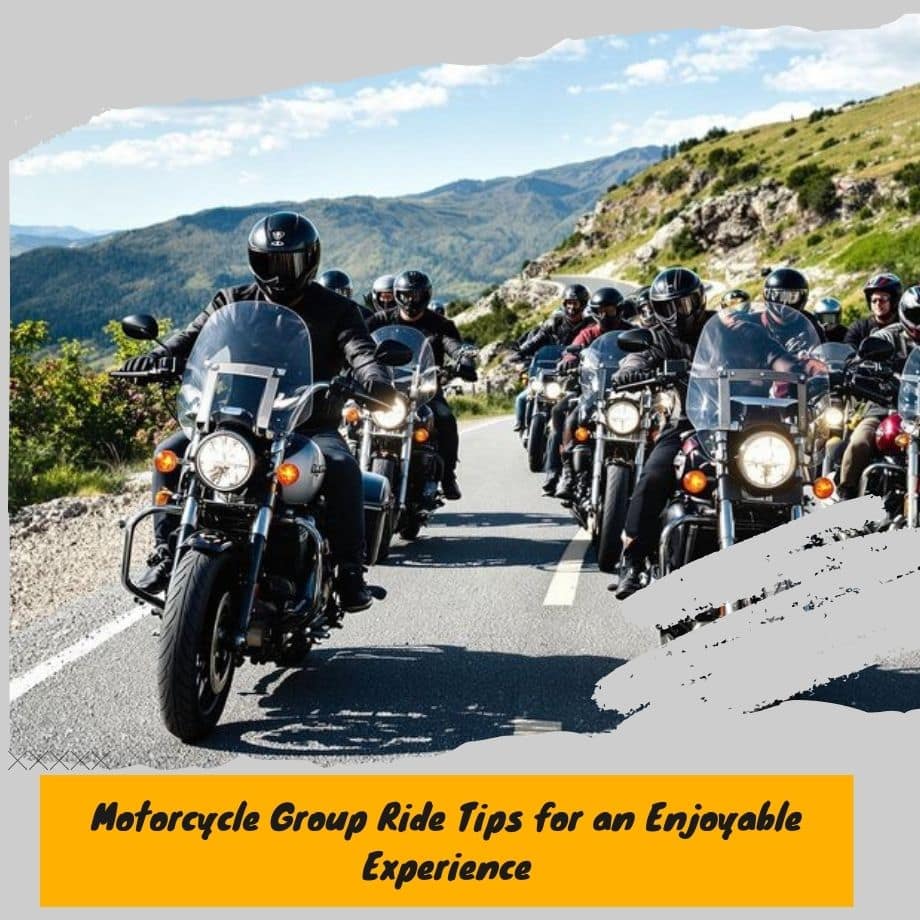
Leave a comment